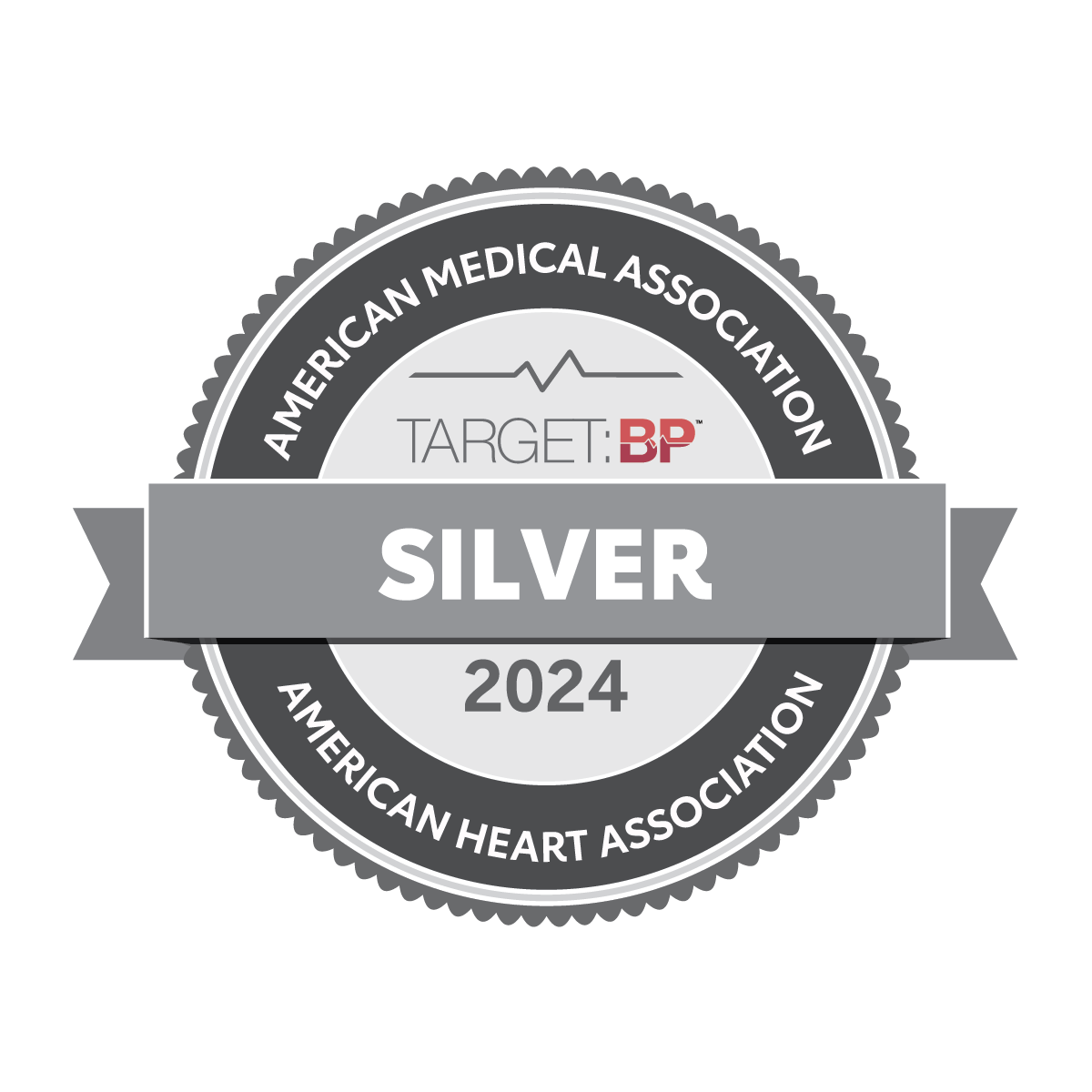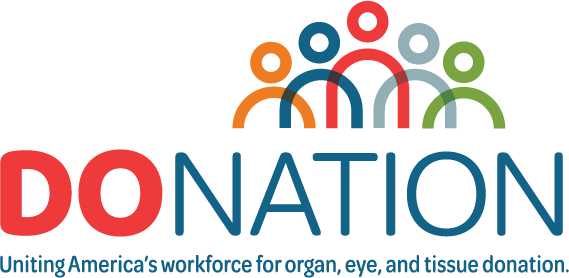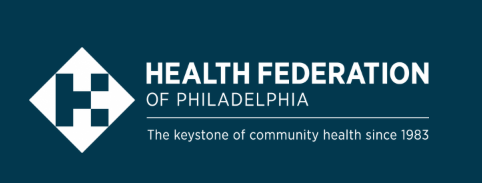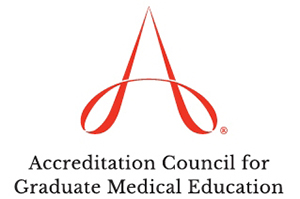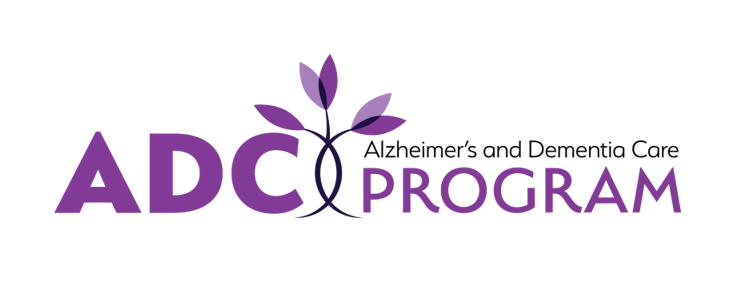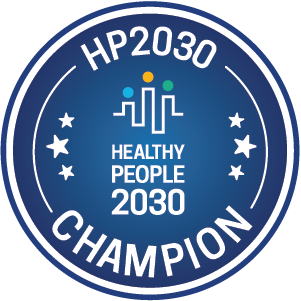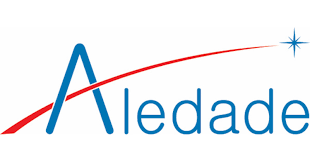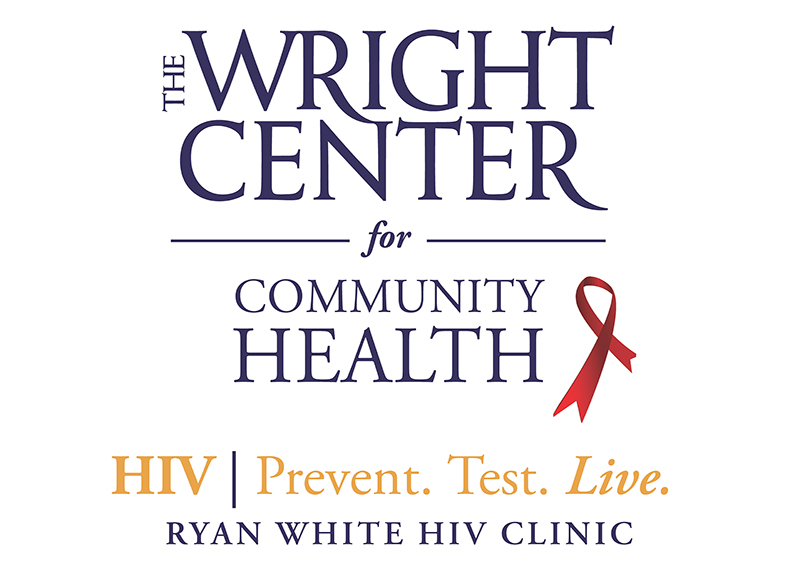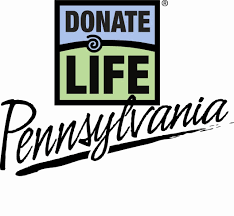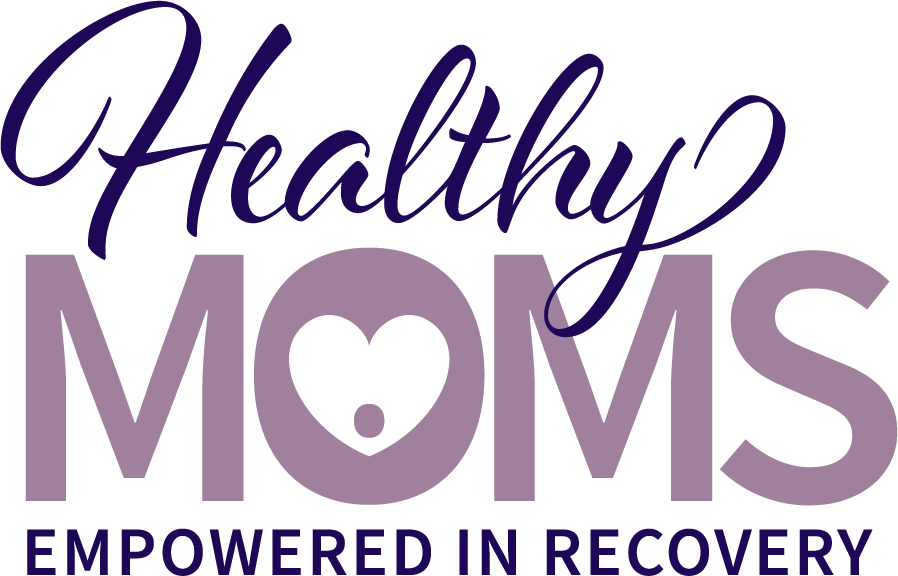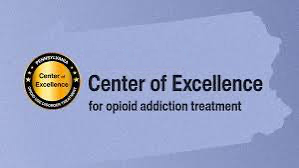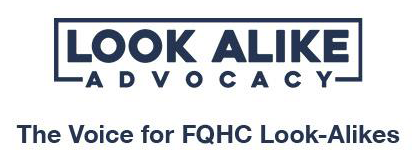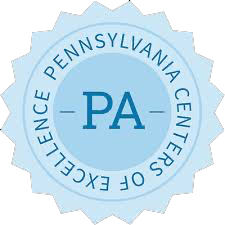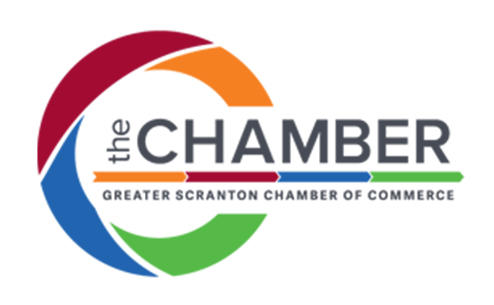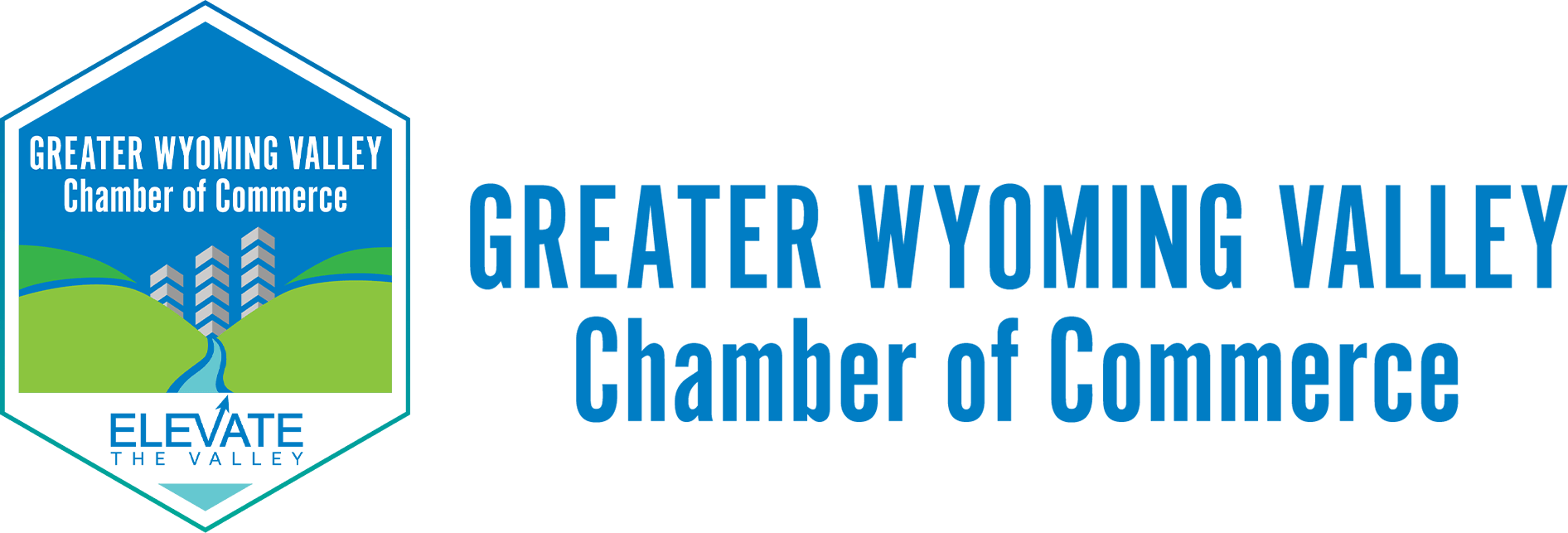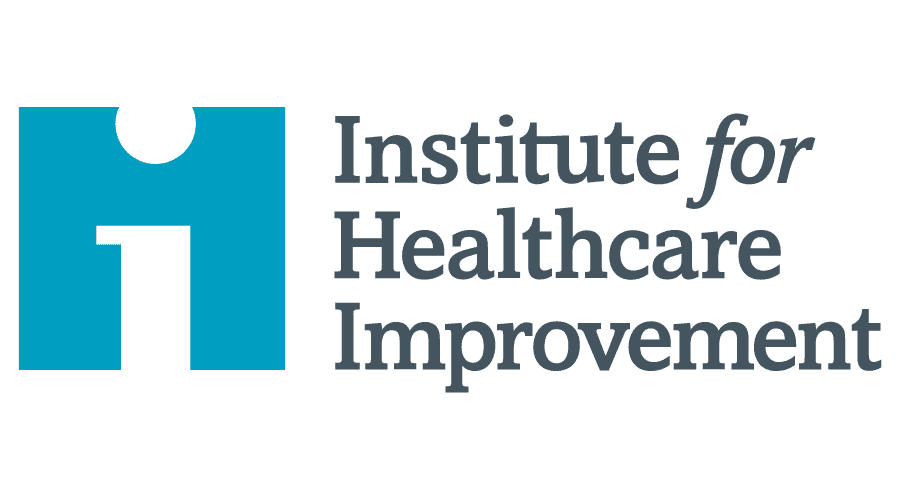Whole-person Wellness Blog: Making decisions the Sanctuary way

A month of observances: September reminds us to listen, support, and share
September is a month marked by numerous observances. It is National Recovery Month, and the week of Sept. 7-13 is National Suicide Prevention Week. It’s also Labor Day (Sept. 1), the recognized celebration of workers’ contributions to the nation’s “strength, prosperity, and well-being” which was made a federal legal holiday in 1894; International Literacy Day (Sept. 8); the International Day of Peace (Sept. 22), which happens around the same time as the fall equinox; and International Podcast Day (Sept. 30), making September a month to share perspectives, listen to the voices of others, and support one another in wellness. It’s also an excellent month for observing the Sanctuary commitment of Democracy.
Committing to Democracy in Sanctuary means incorporating the informed voices of all the stakeholders into a decision-making process in the most appropriate ways. This can be challenging in health care, where changes in requirements can occur without much forewarning, or a workflow change may need to be implemented before it can be communicated to all stakeholders. However, as often as possible, a Sanctuary-certified organization should ensure there is communication, time for processing and questions, and LOTS of teach-back, where you ask someone to repeat information back to you in their own words to ensure comprehension and retention.
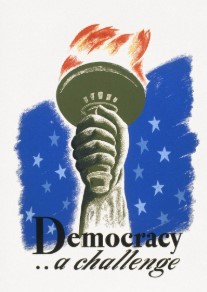
Like a political democracy, a Sanctuary democracy only works as intended when stakeholders are adequately informed. Teach-back is an effective tool in patient care to accomplish this, but many organizations struggle to promote teach-back outside of the examination room. It may take more time than we feel we have, but it absolutely saves time in the long run, and our future selves will thank us for it.
An important part of wellness at work is being able to make meaningful contributions by voicing our thoughts, teaching back, getting input, and making decisions. This is democracy in action, and one way that democracy connects to open communication (the Sanctuary commitment we talked about last month).
This is not to say that everyone gets everything they want. Making decisions professionally means weighing the pros and cons of various options, all of which have their advantages and disadvantages. This may frustrate anyone who’s been thinking that Sanctuary will magically remove the things they do not like. Everywhere Sanctuary is implemented, it occurs within the existing structure of an organization with a mission, externally enforced requirements from HRSA, CMS, ACGME, and other relevant agencies, the need to make payroll, and support the organization’s continued existence.
If you think more democracy may lead to more conflict, you’re not wrong. Different people think differently about a lot of things. It is important for everyone’s well-being to remember that the commitment to Democracy happens together with Open Communication, Nonviolence, Emotional Intelligence, and all the other commitments, as well as with all the other components of the model.
Sanctuary promotes wellness by nudging us to commit to engaging with intention when using our voice. This means we strive to maintain our own calm and curiosity (i.e., regulation) so that we can respond to the dysregulation of others without reacting, while openly sharing our ideas democratically. We can accomplish this during meetings, such as All Staff and huddles, via PDSAs and SAFE reports, as well as with our supervisors and colleagues. No one knows everything! Your voice is important, and only you can bring it to the table. We really are better together.
To learn more about the seven commitments and the Sanctuary model, click here or email the wellness team at [email protected]. If you are a supervisor or simply curious, check out some resources here.
Thank you from the Whole-Person Wellness Team!
Meaghan Ruddy, Ph.D., Senior Vice President of Enterprise Wellness and Resiliency, Assessment and Advancement, and Chief Strategic Research and Development Officer
Shannon Osborne, Manager, Enterprise Trauma-Competent Wellness Initiatives
Allison LaRussa, Associate Vice President of Health and Wellness
The Wright Centers for Community Health and Graduate Medical Education
